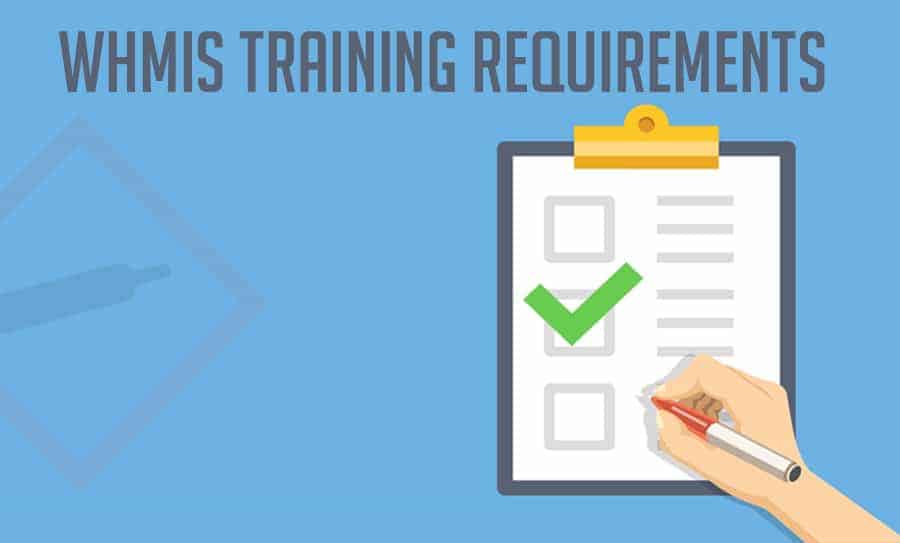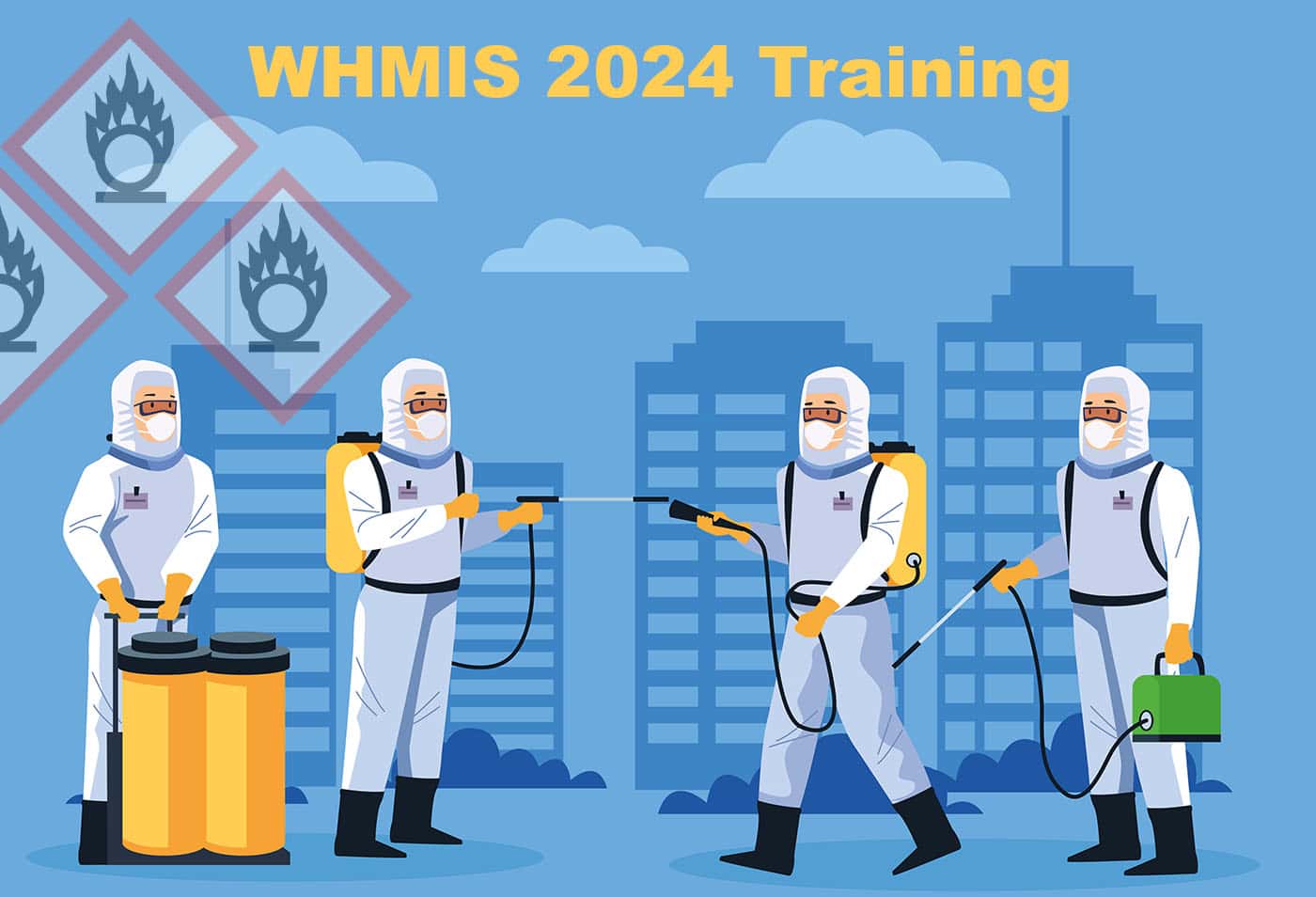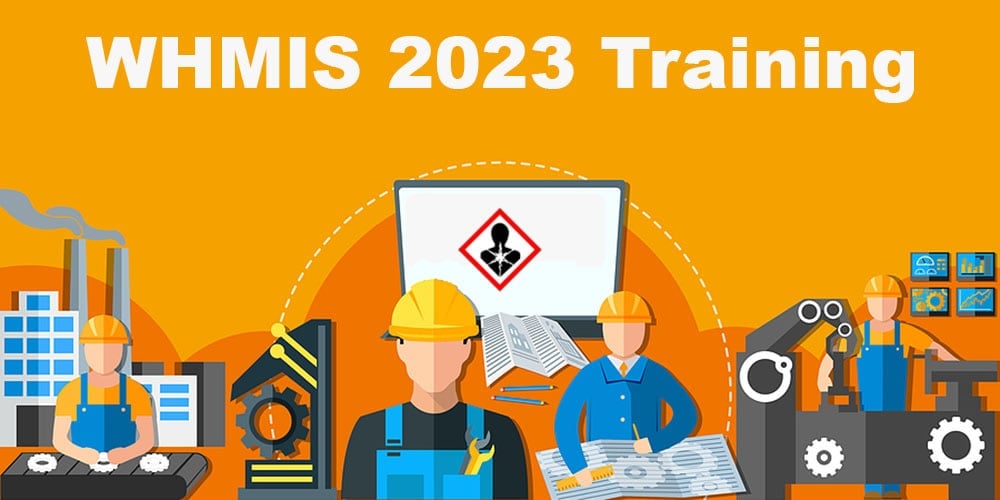WHMIS Training Requirements – Are You Meeting Them?
Canadian workers who may be exposed to any type of hazardous products are required by law to have WHMIS training. If they don’t, their employers can be found out of compliance, and face significant ramifications. Of course, in order to ensure that you are meeting WHMIS training requirements, you need to know what those requirements are in the first place. In this article, we’ll look at all of these aspects and many others.
Who Is Responsible for WHMIS Training?
For the most part, employers are responsible for meeting WHMIS training requirements. It is ultimately the employer’s responsibility to ensure that any worker they employ who might come into contact with hazardous materials in the workplace takes part in WHMIS training. However, individuals hoping to make themselves more attractive job candidates can also take WHMIS training prior to applying for job positions.
Other WHMIS Training Requirements
As mentioned, most WHMIS Training requirements pertain to employers, not to employees. Employees are covered only tangentially. After all, it is the employer’s responsibility to safeguard their own workplace through WHMIS training. Some of the additional requirements that apply to all employers in Canada who employ workers who might come into contact with hazardous products include:
- The implementation and maintenance of a WHMIS education and training program
- Providing all hazard information possible about materials encountered in the workplace with information sourced from the product’s supplier or based on other available information
- Annual reviews of the WHMIS training program
- Constant updates of the WHMIS training program to cover new threats and hazardous materials
- Training must be provided to anyone who:
-
- Handles hazardous material
- Works near a hazardous product
- Uses hazardous materials
- Disposes of hazardous materials
- Supervises an employee(s) responsible for the abovementioned tasks
- Could potentially be at risk from hazardous materials in the workplace
- Consult with the joint health and safety committee or health and safety representative to ensure WHMIS training is provided to employees
Note that according to the Canadian government, the responsibility of workers in regards to WHMIS training is that they “must participate in the education and training sessions, and follow the safe work procedures established by their employer.”
However, the CCOHS also points out that employees should be able to recognize materials they are not familiar with and avoid using those materials, as well as identifying the materials they most frequently use in the workplace. Workers are expected to be able to read labels and make sure they are maintained properly, as well as how and where to access safety data sheets. Finally, employees are expected to know where to find additional information concerning any hazardous material they encounter in the workplace.
Goals of the WHMIS Training Requirements
The requirements listed above pertain almost strictly to employers, but the ultimate objective is to make the workplace a safer environment for employees. WHMIS training requirements are designed with the express purpose of ensuring that employees are able to recognize the hazards of products they use or encounter in the workplace.
They should also understand how to protect themselves from the hazardous materials in the workplace, and know what to do in the case of an emergency. Finally, they should know where to turn for additional information, whether about the threats offered by the material in question, emergency treatment options, or safe handling.
How Does the WHMIS Certification Process Work?
The process of certification is actually not all that complicated, although it is incumbent on employers to ensure that they’re either implementing a well-thought-out program of their own creation or working with a reputable training provider whose program is WHMIS 1988 and WHMIS 2015 compliant.
Once the training program has been created, or a training provider has been chosen, the actual education process can begin. This will vary significantly from one company to another and will hinge on factors such as:
- The actual hazardous materials found within the organization
- The number of employees handling hazardous materials
- The responsibilities of those employees in relation to hazardous materials (handling, storage, disposal, etc.)
- The number of individuals supervising employees dealing with hazardous materials
- The potential threats and hazards of the specific hazardous materials in the workplace
Finding the Right Training Program
When it comes to meeting WHMIS training requirements, many different training programs can be found. One of the most important considerations here is that the courses provided meet WHMIS 1988 and 2015 standards. This will be necessary throughout the WHMIS 2015 transition period that will run through until late 2018.
However, there are other considerations. How easy it for a company to facilitate the training with their current operation demands? An online WHMIS training program offers significant convenience over classroom-based courses and can be completed much more quickly, with better information retention.
Other questions that need to be answered prior to choosing a company include the following: Does the provider offer a money back guarantee? Are you or your employees able to retake the test as many times as possible if you do not pass on the first try? Is the certification offered widely accepted throughout Canada?
The right training provider can offer aspiring professionals the training they need, but can also partner with employers to ensure a comprehensive solution is in place that meets WHMIS training requirements.







